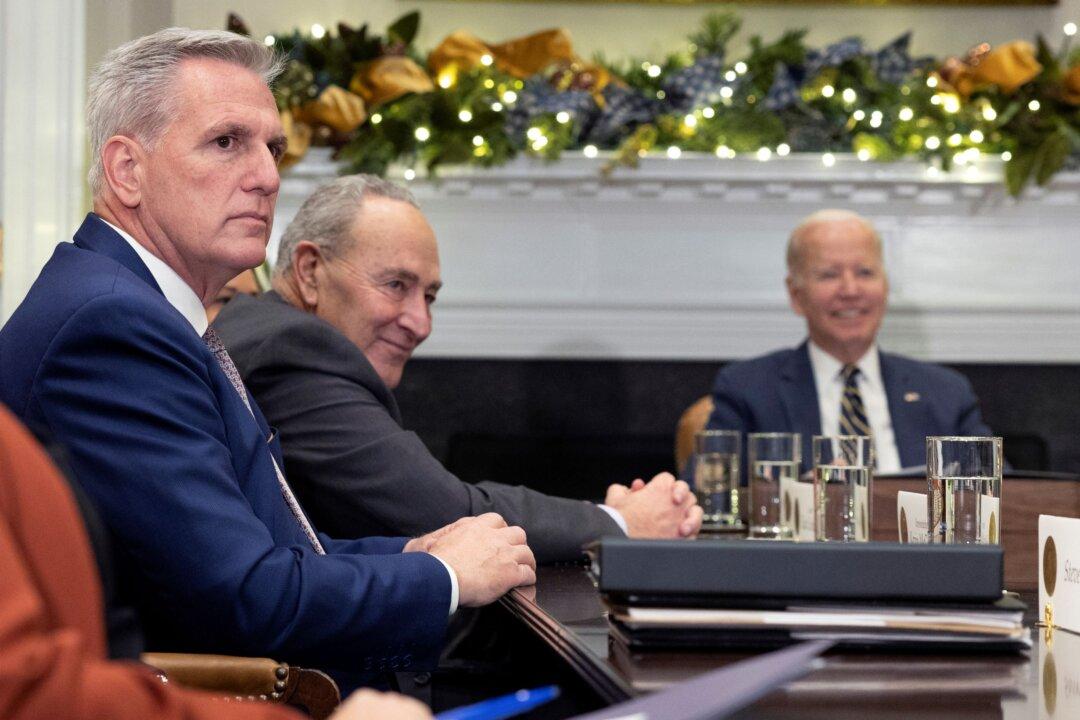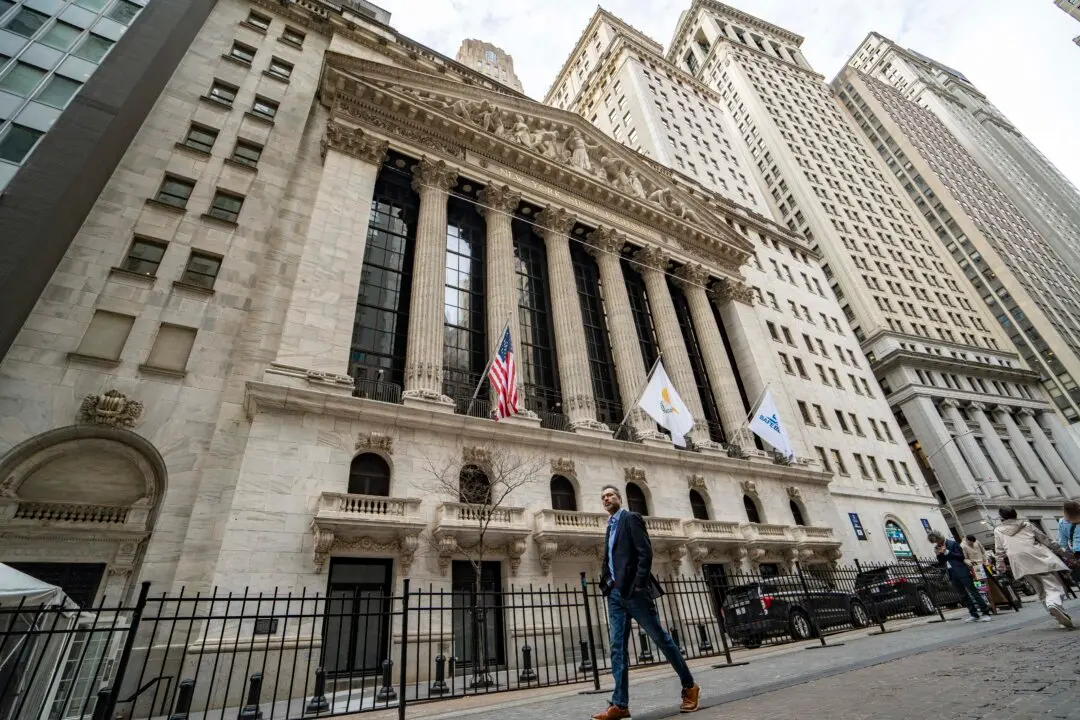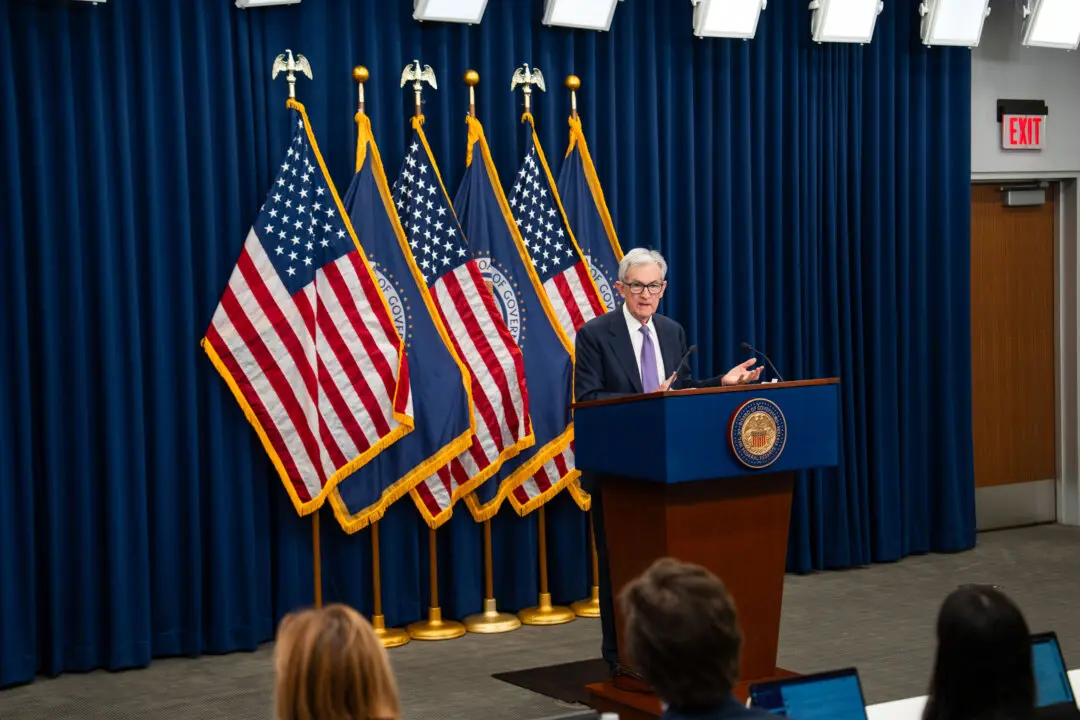President Joe Biden and the Democrats are ensconced in a tough fight with the Republicans over the federal debt limit after the country exceeded the $31.381 trillion ceiling. The White House revealed that “there will be no negotiations,” while the GOP opposes a “clean” increase in the debt ceiling.
As both sides hammer out a deal to avert a debt-ceiling crisis, the Department of the Treasury has employed “extraordinary measures” to ensure the federal government can cover its obligations.





